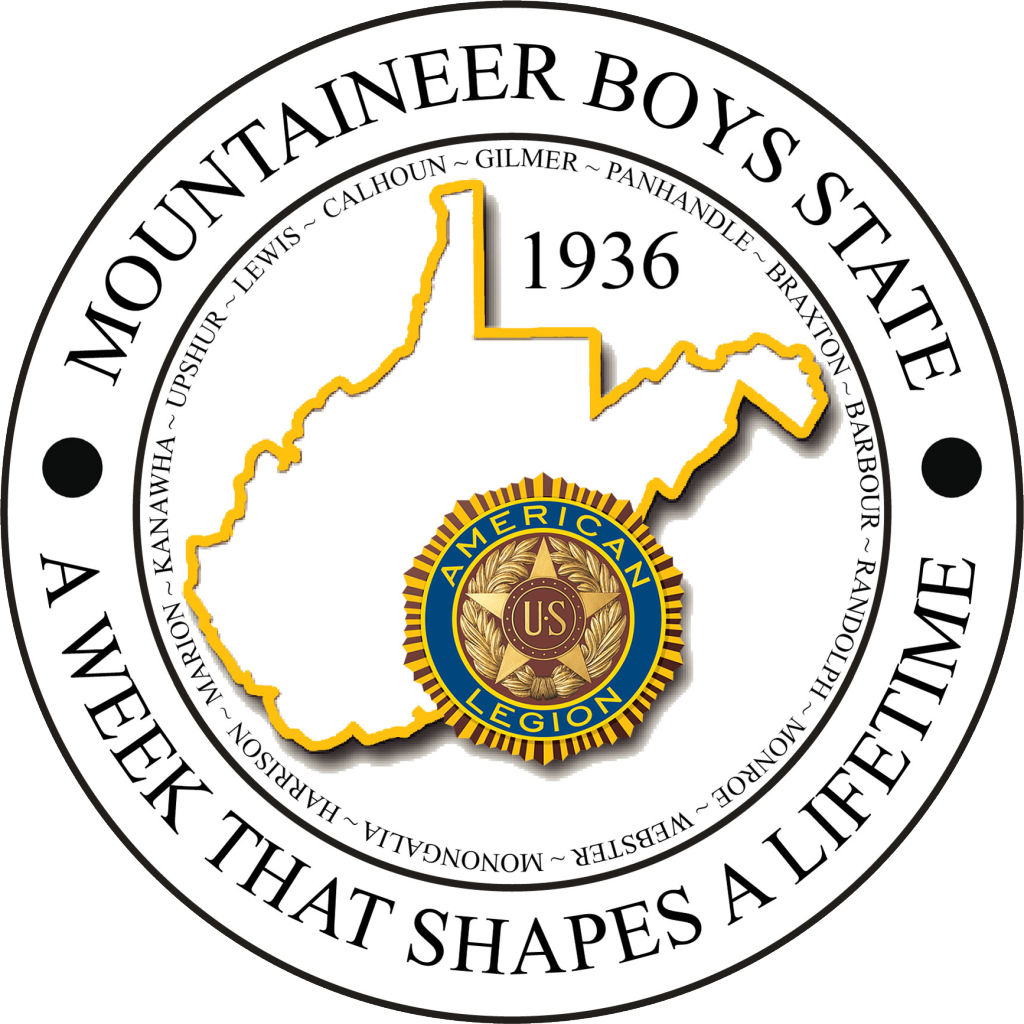Guns or Roses? Women in the Work and Military Forces
We’ve all seen them, the iconic and commanding images of a woman clad in anything but traditional, WWII period garb, rebelling by flexing her arm in resistance to the mechanical, German army and maybe even privately to American men, as well. This celebrated image is of “Rosie the Riveterâ€, a stubborn symbol of the woman who can work to support herself, “her man†at war, and the rest of her family, too.
According to History.com, American women “entered the workforce in unprecedented numbers during World War II, as widespread male enlistment left gaping holes in the industrial labor force.â€Â From the perspective of women in the late thirties and early forties and from that of women today, perhaps the rise of the Germans served them positively. Had they not had the chance to show the men in control that they really could “do itâ€, they would likely not have been given
